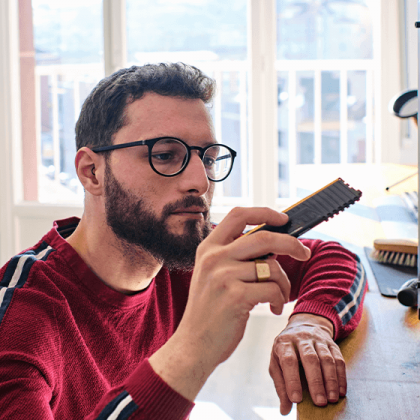Feature your business, services, products, events & news. Submit Website.
Breaking Top Featured Content:
Top Places to Buy Mosaic Supplies for Your Art Projects
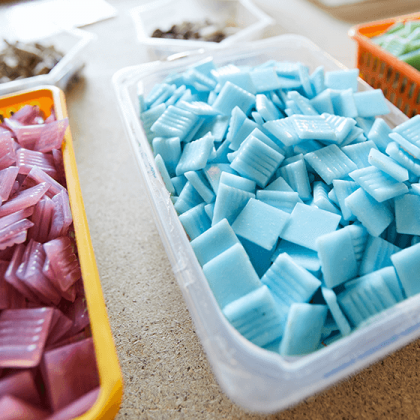
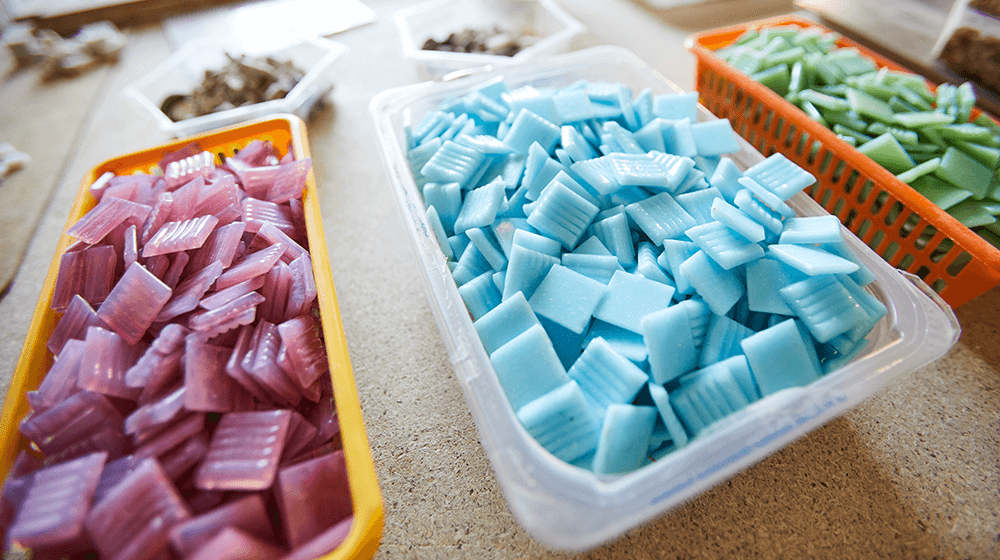
Mosaics can be gorgeous works of art, usually made of glass tiles or similar materials arranged to create a larger image. Some mosaic artists make these pieces for fun or personal use. But others may build a business around it. If you’re interested in opening a shop to sell your mosaics, here’s a guide to sourcing supplies.
What Is Mosaic Art?
Mosaic art can be any image constructed out of small tiles or another small material like rocks or glass. The images can then be added to various home and garden features, like side tables or stepping stones.
- READ MORE: Where to Sell Wholesale Craft Supplies
The Decorative Arts Market
The decorative arts market has been strong in recent years. Consumers generally have money to spend and are looking to personalize their homes with unique pieces from American mosaic artists and similar vendors. Future economic uncertainty may negatively impact this market, but there’s usually a space for creators who have something unique to bring to consumers.
Top Places for Mosaic Art Supply for Your Business
You can find mosaic supplies from specialized online retailers, big box stores, and art supplies vendors. Here are some specific places to look for everything you need to open your shop.
1. Amazon
Amazon has everything you need for nearly any type of craft project. Their mosaic-related inventory includes glass tiles, glue, starter kits, and nearly any kind of base you may want. They also provide fast delivery that’s usually free for Prime members.
2. Etsy
Etsy isn’t just a place for selling finished mosaic pieces. The marketplace also offers tons of supplies for your own projects. In addition to complete kits and large assortments of glass tiles, some sellers offer their own leftover materials at discounted rates.
3. Mosaic Art Supply
Mosaic Art Supply is an online retailer that specializes just in mosaic supplies. In addition to glass tiles and tools, the site is also full of educational resources for makers. They offer specific tutorials as well as general guides that can provide many benefits to those looking to hone their skills.
4. Delphi Glass
Delphi Glass is a supplier that specializes in stained glass materials and mosaic tiles. This includes lots of colorful pieces, as well as the tools and support needed to create numerous projects. The website also includes videos and tutorials.
5. WitsEnd Mosaic
WitsEnd Mosaic is the oldest online supplier in this space. They offer a variety of materials, including many that are sorted into collections. So you can easily shop by size, style, or color.
6. Michael’s
Michael’s is one of the largest craft store chains in the U.S. You can find glass and various supplies both in their physical stores and online. This may be especially beneficial for those who like mixed media pieces or who want to create mosaics on other surfaces that Michael’s may also carry.
7. BLICK
BLICK is a nationwide artist supply retailer with options for mosaics and tons of other projects. They offer kits for beginners, as well as tools and materials for those who have mastered their craft.
8. Mosaic Heaven
Mosaic Heaven is completely dedicated to mosaic materials. The site has a wide selection of tiles and stones in various sizes, shapes, colors, and styles. You can shop by collection or narrow based on the specific parameters of your project.
9. Walmart
Walmart is a huge retailer that offers both online and in-person shopping options. Their mosaic inventory consists of basics like tile and grout. However, you can also find various furniture pieces and other large items to use as a base for your projects.
10. eBay
eBay offers a constantly evolving selection of art supplies from various third-party sellers. Here, you can discover deals from different creators, as well as vintage or unique items that are perfect for special projects.
You can also find some amazing deals on mosaic supplies here.
- READ MORE: 16 Craft Supply Storage Ideas
Essential Mosaic Art Materials and Supplies
As you shop for mosaic materials for your new shop, here are some basics you may find yourself purchasing again and again.
Ceramic Tiles
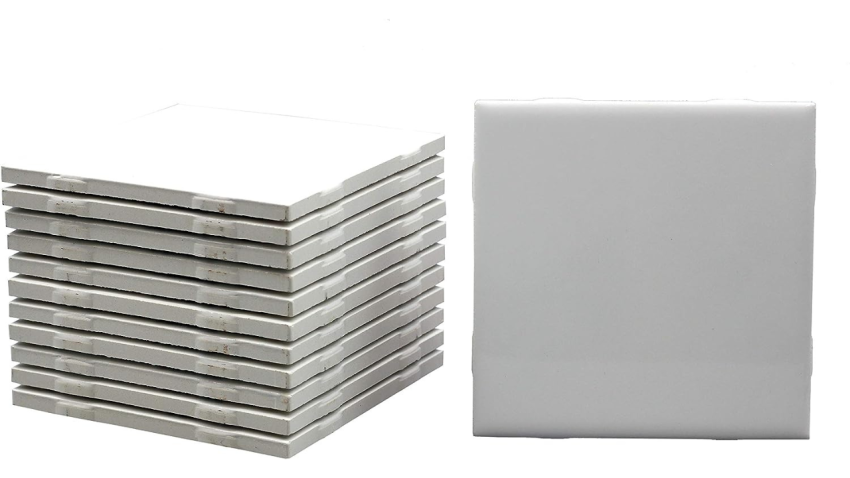
Ceramic tiles are one of the most popular materials for mosaics. They are made by firing clay at high temperatures. These tiles are durable, colorful, and come in various shapes and sizes. The versatility of ceramic tiles allows artists to create intricate patterns and designs. Since ceramic tiles are often used for flooring and walls, they have a robust nature, making them suitable for both indoor and outdoor mosaics. Glazing on some ceramic tiles can add an additional shine and make the mosaic piece weather-resistant.
Glass Tiles
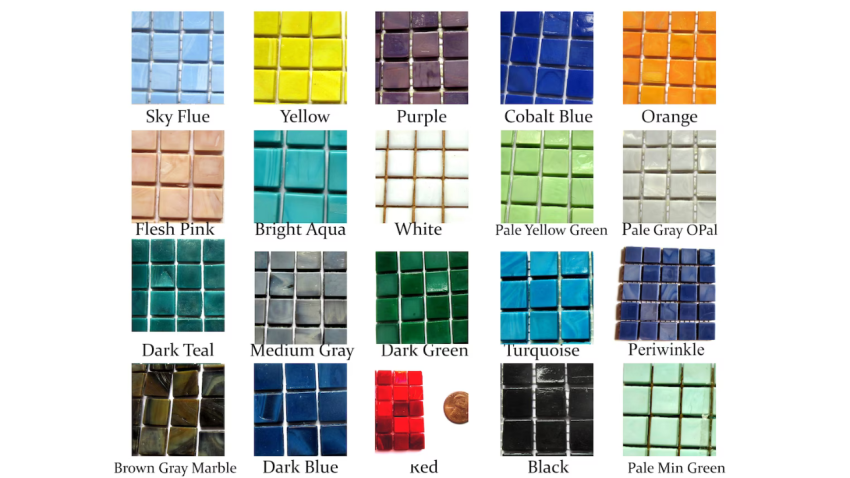
Glass tiles offer a translucent quality that ceramic tiles can’t match. They come in a wide array of colors and can have either a smooth or textured surface. When light hits a glass tile mosaic, it can create a radiant effect, making the artwork shine and shimmer in different lighting conditions. Glass tiles are popular for creating intricate, detailed designs and are often used for mosaics in pools or on walls to capture and reflect light.
Smalti
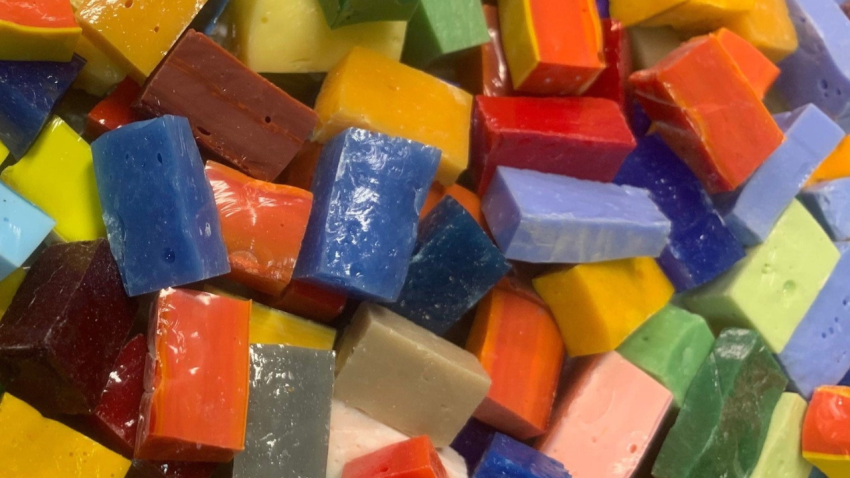
Smalti are specialized mosaic tiles made from richly colored glass. They were traditionally used in Byzantine mosaics and are known for their deep color and unique texture. Smalti tiles are thicker than regular glass tiles and have a rough, uneven surface. They provide a unique depth and richness to mosaics, making them a favorite choice for religious and historical artworks.
Pebbles and Stones
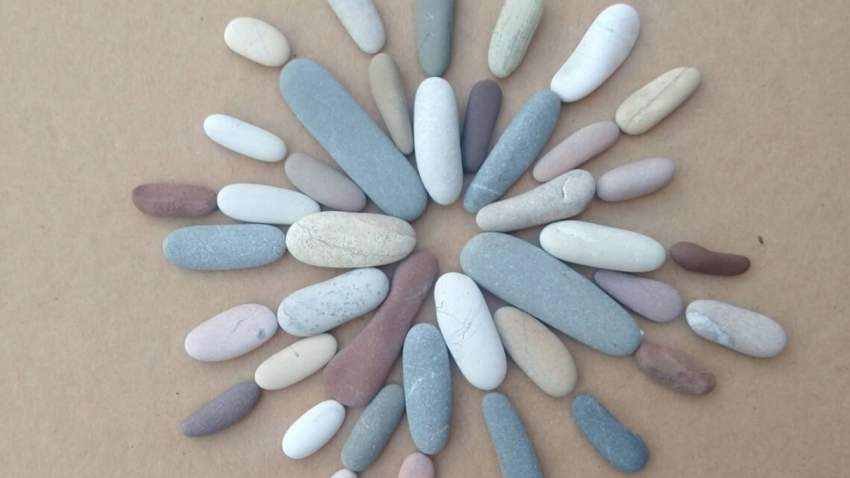
Pebbles and stones add a natural, rustic touch to mosaics. They come in various shapes, sizes, and colors, each one unique. Using pebbles and stones can bring a touch of the outdoors inside, or integrate a mosaic more harmoniously into an outdoor setting. Their irregular shapes can add texture and depth to a piece, providing a tactile and visually appealing experience.
Seashells
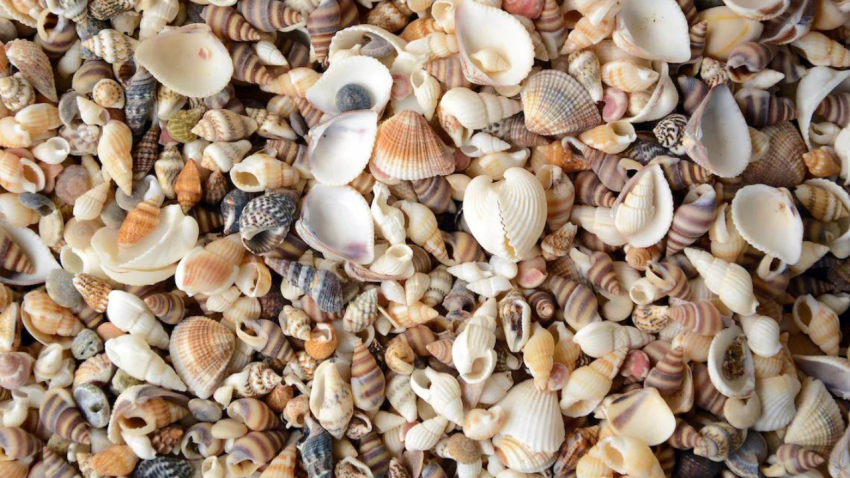
Seashells are perfect for adding an oceanic or beachy feel to a mosaic. They come in various shapes, sizes, and colors, from the spiral of a conch to the delicate ridges of a scallop. Seashells can be whole or broken into smaller pieces to fit into a design. Their natural iridescence and texture can add a unique touch to any mosaic.
Stained Glass
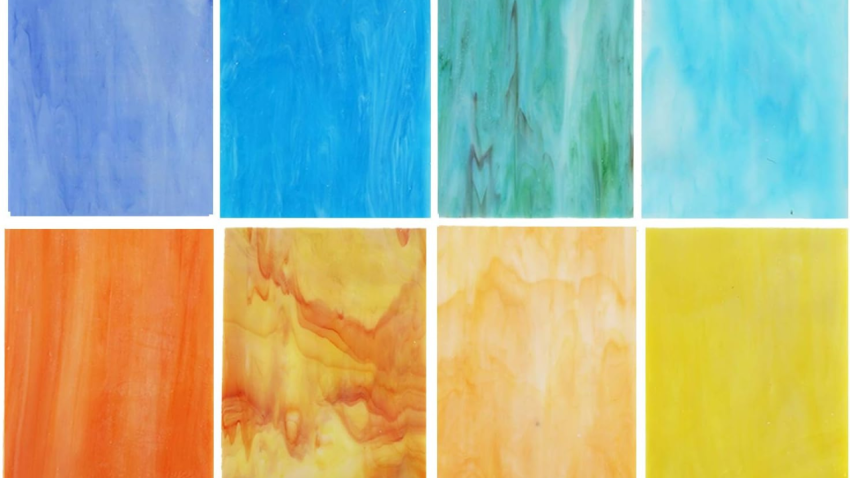
Stained glass is often used in windows but can be repurposed for mosaics. Artists can cut stained glass into desired shapes and integrate them into their designs. This type of glass comes in various colors and patterns, allowing for a wide range of creative possibilities. When illuminated, stained glass pieces can bring a mosaic to life with vibrant colors.
Mirror Pieces
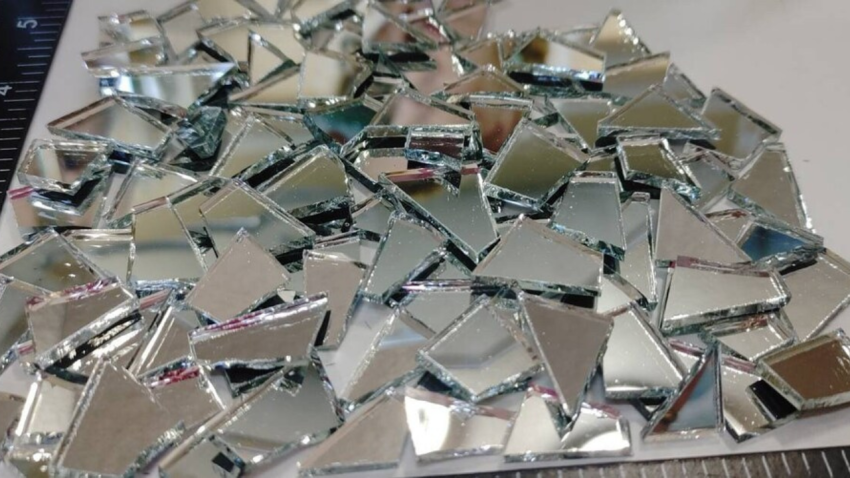
Mirror pieces can add a reflective quality to mosaics. They can capture and bounce light, creating a dynamic effect as viewers move around the artwork. Small mirror shards or larger cut pieces can be integrated into designs, making mosaics more interactive and eye-catching.
Beads
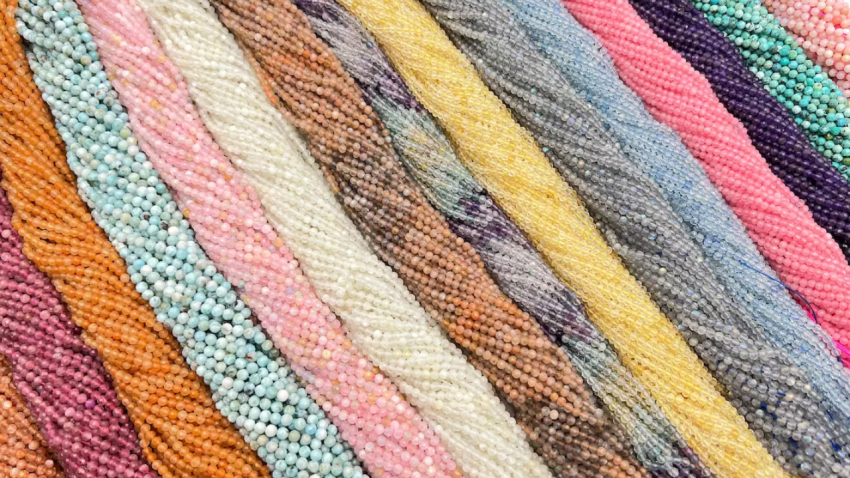
Beads provide an opportunity to add intricate details to mosaics. They come in various materials like glass, ceramic, and plastic, and in a multitude of colors and sizes. Beads can be used to accentuate specific parts of a mosaic or create intricate patterns that stand out from the larger tiles or pieces.
| Material | Description | Key Features |
|---|---|---|
| Ceramic Tiles | Made by firing clay at high temperatures. | – Durable and robust – Suitable for both indoor and outdoor use – Available in various colors, shapes, and sizes – Can be glazed for added shine and weather-resistance – Commonly used for flooring and walls |
| Glass Tiles | Tiles made of glass with a translucent quality. | – Translucent and can create radiant effects when lit – Comes in a variety of colors – Can have smooth or textured surfaces – Popular for intricate designs, especially in pools or walls |
| Smalti | Specialized mosaic tiles made from richly colored glass, traditionally used in Byzantine mosaics. | – Deep and vibrant colors – Rough and uneven texture – Thicker than regular glass tiles – Offers unique depth and richness to mosaics, especially in religious and historical artworks |
| Pebbles & Stones | Natural materials that add a rustic touch to mosaics. | – Each piece is unique – Various shapes, sizes, and colors – Suitable for bringing a touch of the outdoors inside or integrating into outdoor settings – Irregular shapes offer texture and depth |
| Seashells | Pieces from the ocean that add a beachy feel to mosaics. | – Unique iridescence and texture – Various shapes, sizes, and colors, like spirals of conches or ridges of scallops – Can be used whole or broken into smaller pieces |
| Stained Glass | Glass that is colored using metallic salts during its manufacture. Often used in windows but can be repurposed for mosaics. | – Comes in various colors and patterns – When illuminated, can bring a mosaic to life with vibrant colors – Can be cut into desired shapes and integrated into designs |
| Mirror Pieces | Reflective pieces that can bounce light and add dynamism to mosaics. | – Creates a dynamic effect as viewers move around the artwork – Can be used as small shards or larger cut pieces – Makes mosaics interactive and eye-catching |
| Beads | Small decorative objects that can be added to mosaics for intricate details. | – Available in various materials like glass, ceramic, and plastic – Comes in a multitude of colors and sizes – Can be used to accentuate specific parts of a mosaic or create intricate patterns that stand out from the larger tiles or pieces |
Mosaic Adhesive
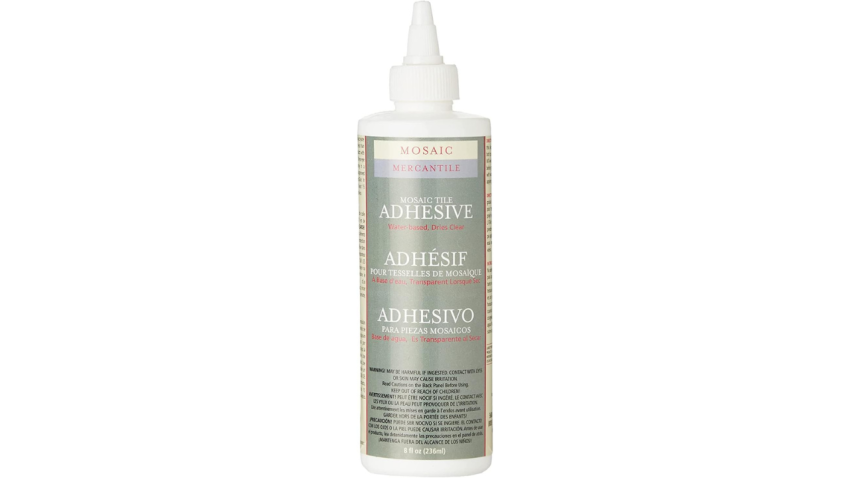
Mosaic Adhesive is the glue that holds the mosaic pieces in place. Depending on the type and brand, it can be used on various surfaces such as wood, ceramic, glass, and more. There are several types of adhesives available, including PVA-based glues, epoxy resins, or tile adhesives. The choice of adhesive depends on the mosaic’s location (indoors or outdoors), the base material, and the type of tesserae (mosaic pieces) being used.
Grout
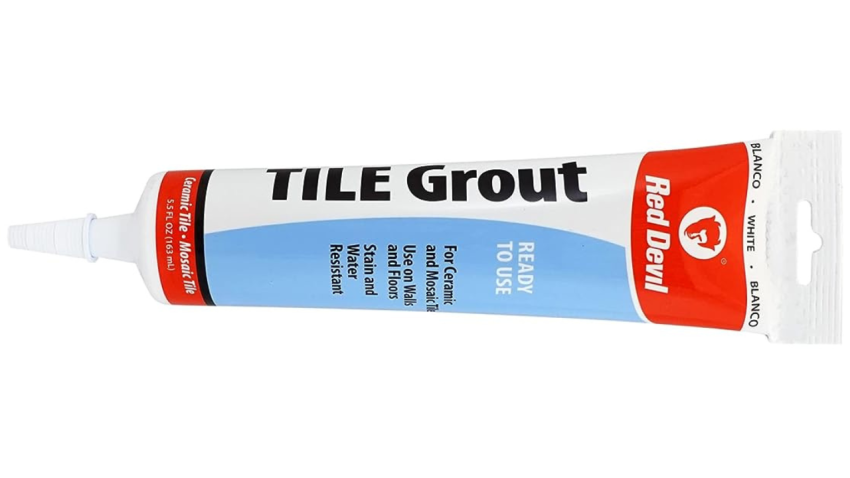
Grout is a dense fluid used to fill gaps and seal the spaces between tiles or mosaic pieces, ensuring they stay in place and adding a finished look to the artwork. It provides contrast, highlighting each individual piece in a mosaic. Grout can be colored or plain, allowing artists to further play with the overall look of their artwork. After applying, it needs to set and dry for a specified amount of time before the mosaic is ready for display.
Thinset
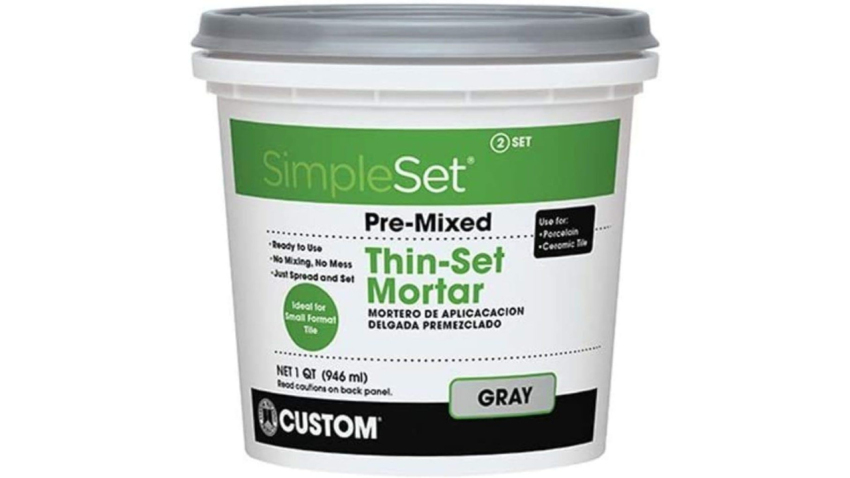
Thinset is another type of adhesive and grout that can work for certain types of projects. It is a mortar that needs to be mixed and then can easily be applied to various surfaces.
Mesh
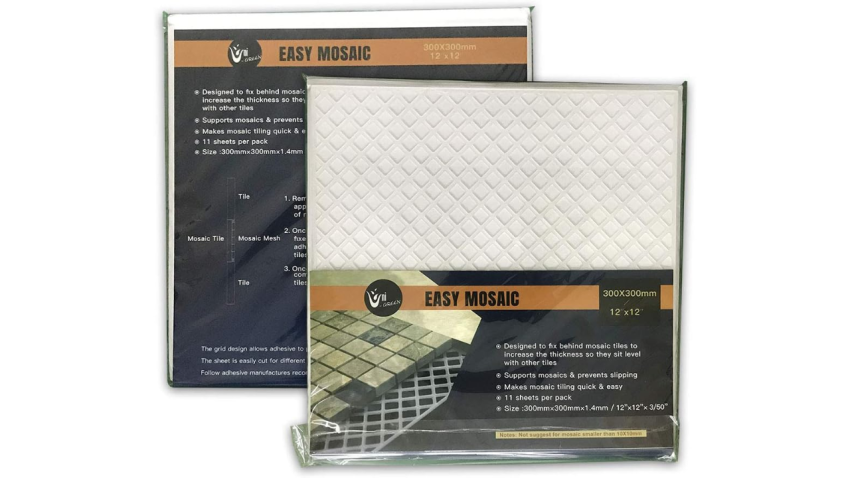
Mesh is often used as a foundation for mosaics, especially when artists create their designs before transferring them to their final location. By gluing mosaic pieces directly onto the mesh, artists can create intricate designs that are then easily transferred onto walls, floors, or other surfaces using adhesive and grout.
Paper
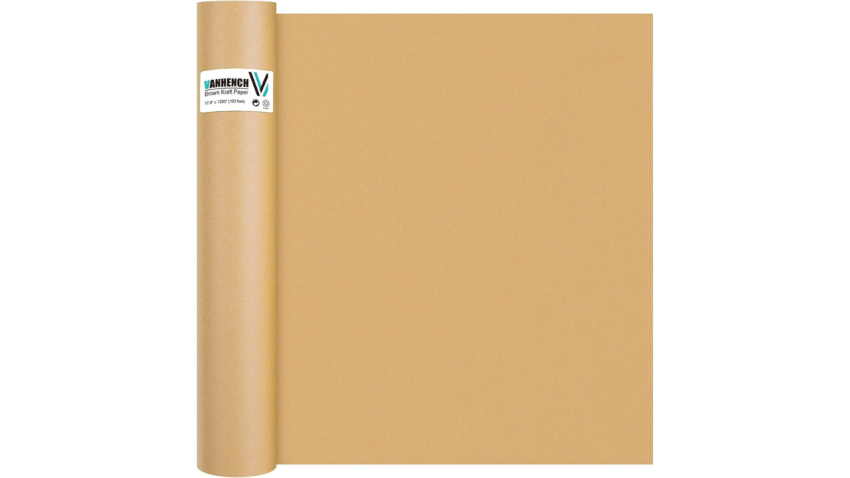
Paper, particularly brown craft paper or carbon paper, can be used to create patterns or templates for mosaics. An artist might sketch a design on paper first, then place it beneath a transparent or mesh surface as a guide. In the “reverse method” of mosaic creation, tesserae are adhered face-down to the paper, and once the design is complete, it’s flipped and adhered to its final location.
Drawing or Sketching Tools
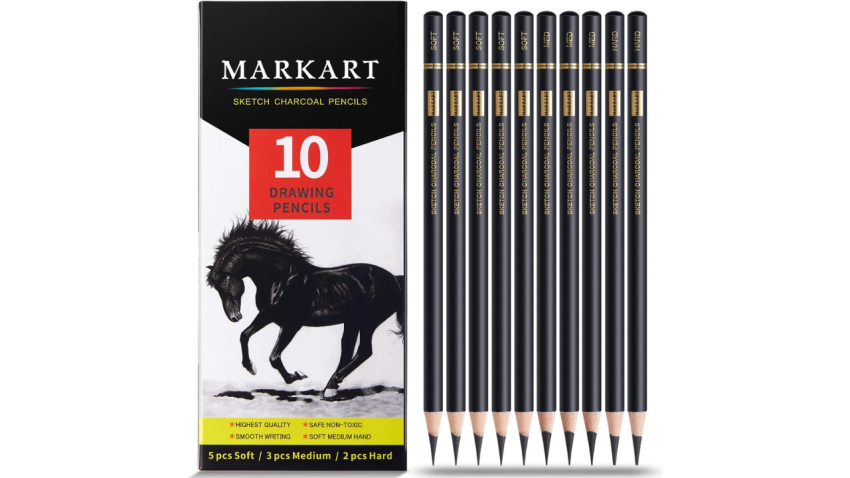
Drawing or sketching tools such as pencils, markers, or chalk can be employed to outline or sketch a design directly on the base material or substrate. This initial drawing serves as a guide for placing the tesserae, helping to ensure that the final design reflects the artist’s vision. Additionally, if you are looking for materials to enhance your project, consider exploring various mosaic supplies that are available.
Sealer
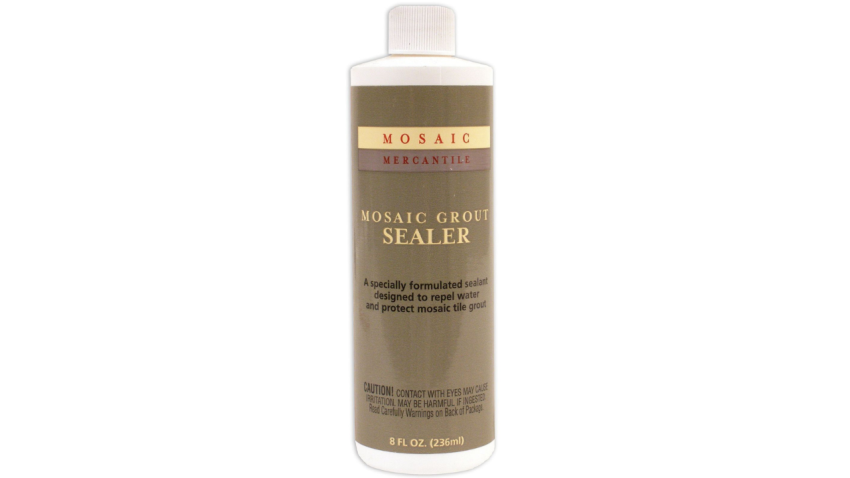
Applying a Sealer to the completed mosaic is essential for protection, particularly for those displayed outdoors or in damp areas. This sealant prevents moisture from penetrating the grout, which could harm either the mosaic or its underlying material. Additionally, sealers contribute to preserving the vibrant colors of both the grout and the mosaic pieces, enhancing the artwork’s durability over time.
Base
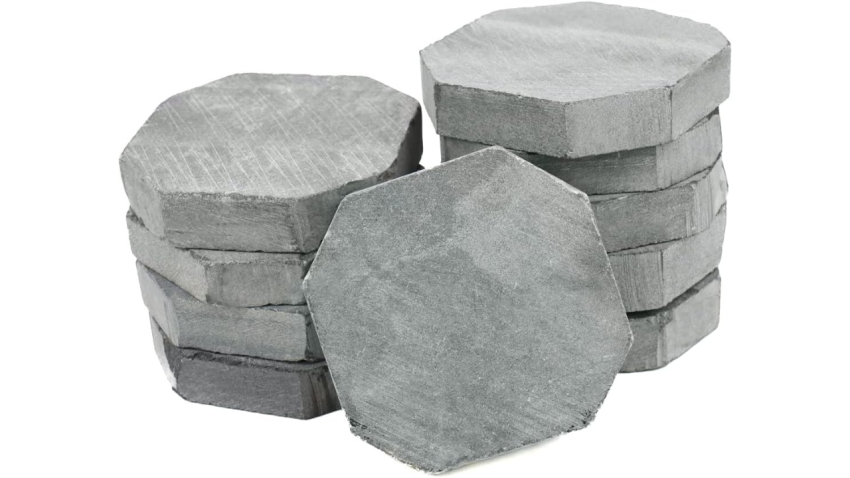
A base for your mosaic can be any surface where you’d like to showcase your artwork. Consider options such as a landscaping stone or a small table.
| Supply | Description | Key Features |
|---|---|---|
| Mosaic Adhesive | The glue that holds the mosaic pieces in place. | – Suitable for various surfaces like wood, ceramic, and glass – Available in types like PVA-based glues, epoxy resins, or tile adhesives |
| Grout | Dense fluid used to fill gaps and seal spaces between mosaic pieces. | – Provides contrast to highlight mosaic pieces – Can be colored or plain – Needs to set and dry before display |
| Thinset | An adhesive and grout suitable for specific types of projects. | – Dual-purpose as both adhesive and grout – Suitable for various mosaic projects |
| Mesh | Foundation for mosaics, especially for pre-made designs before final transfer. | – Supports creation of intricate designs – Enables easy transfer of mosaics to various surfaces |
| Paper | Used for patterns or templates in mosaics. | – Useful for sketching designs or templates – Supports the “reverse method” of mosaic creation |
| Drawing/Sketching Tools | Tools for outlining or drafting mosaic designs. | – Enables precise design alignment – Used directly on the base material or substrate |
| Sealer | Protects the finished mosaic from moisture and potential damage. | – Protects against moisture infiltration – Retains the color of grout and mosaic pieces – Enhances longevity of the mosaic artwork |
| Base | The material or object where the mosaic art is displayed. | – Can vary widely from wall surfaces to tables – Acts as the foundation and display for the mosaic art |
Mosaic Tools for Business
Mosaics also utilize several tools. These can be larger investments, but you’ll usually use them for many projects.
Nippers
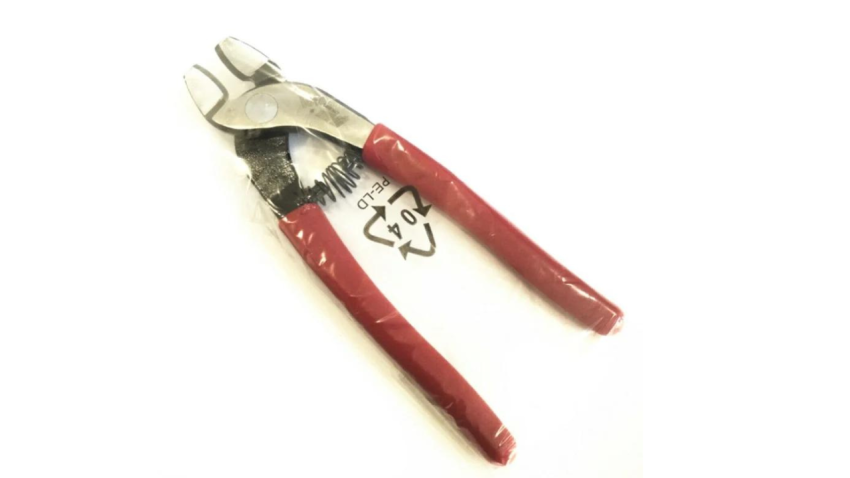
Nippers are tiny clippers used to cut small pieces of tile. They can be used to shape pieces to fit into your design. They allow for precise cutting and shaping of various mosaic materials, ensuring the pieces fit together perfectly.
Tile Cutter
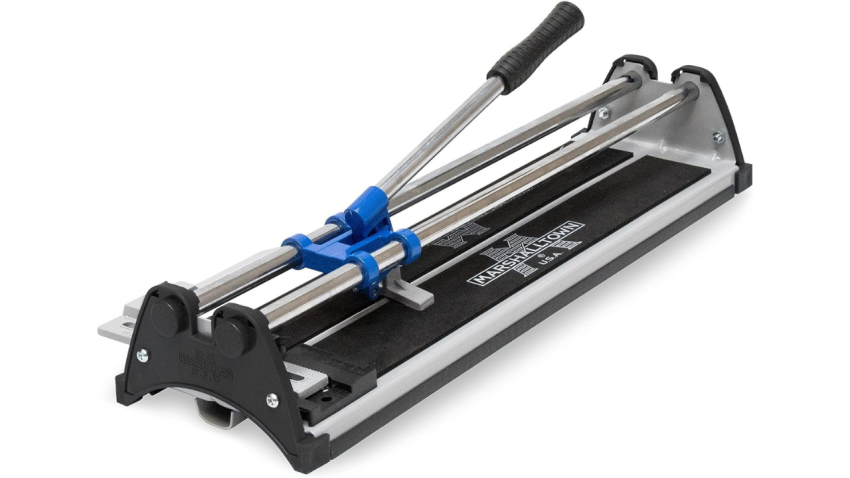
Tile cutters are generally larger and may be used to create the tiny pieces used in a mosaic. Different cutters are designed for different materials, like glass or ceramic, ensuring clean breaks and minimal wastage.
Sponges
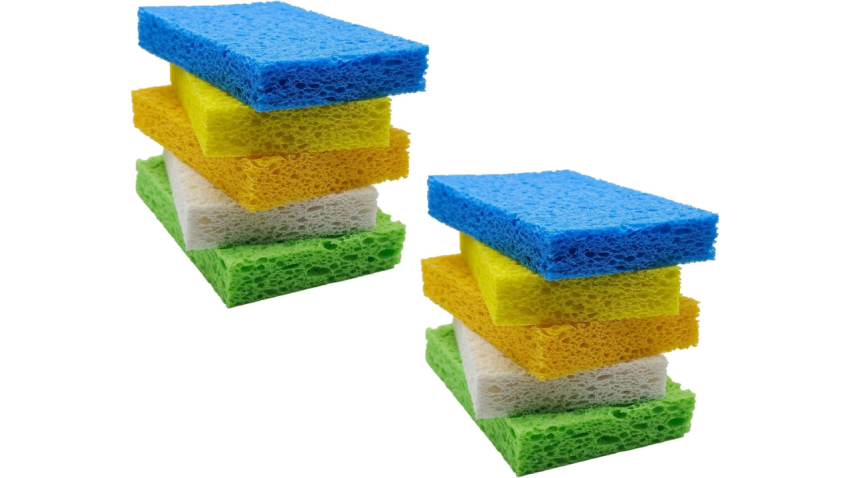
Sponges are an essential tool for the grouting process. After grout is applied between the mosaic pieces, a damp sponge is used to wipe away excess grout from the surface of the mosaic. This ensures that only the gaps between the pieces are filled, and the surface of each tessera remains clean and clear.
Trowel
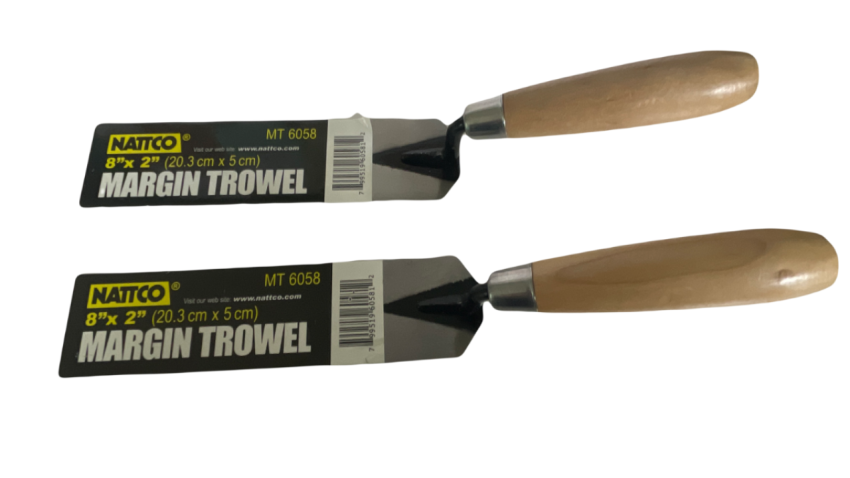
A trowel is utilized to apply adhesive to the surface designated for the mosaic. This tool guarantees a uniform layer of adhesive, which is essential for the proper adhesion of the tesserae and contributes to the durability of the mosaic.
Bucket
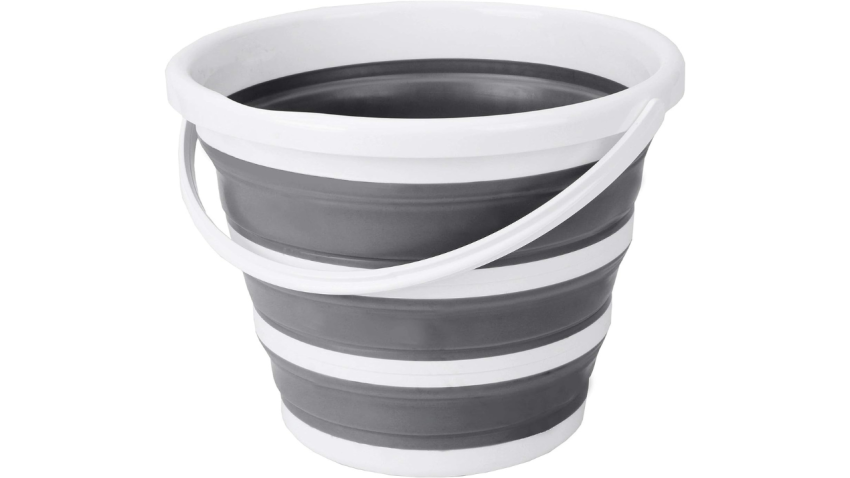
A bucket is usually required for mixing grout or thinset.
Tweezers
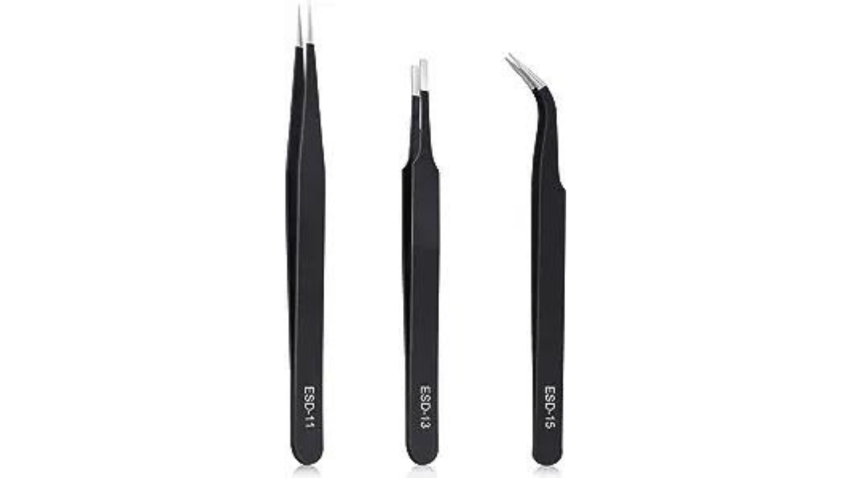
Tweezers are an invaluable tool, especially when working with tiny mosaic pieces or when precision is required. They help in picking up and placing small tesserae accurately on the mosaic base. This tool is particularly helpful for intricate designs or when working with beads or other small embellishments.
Safety Glasses
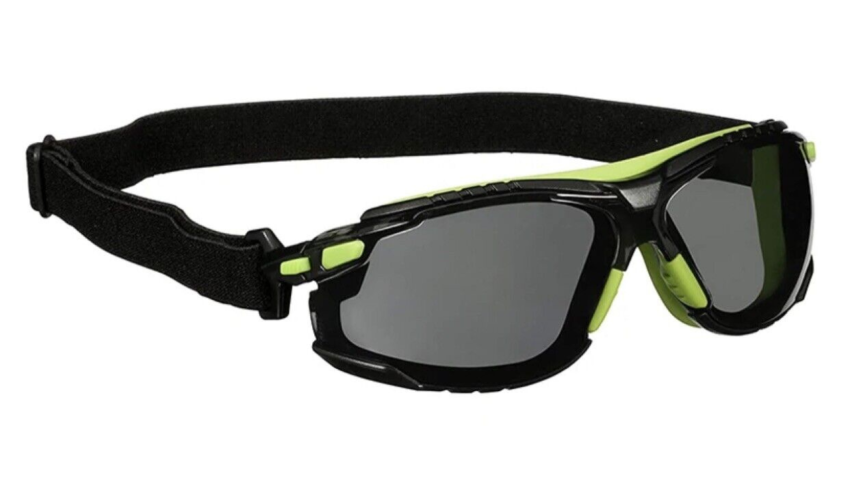
Safety glasses are essential when cutting or breaking materials like glass or ceramic. They protect the eyes from shards or splinters that can fly off during the cutting process. Given the nature of mosaic materials, ensuring eye protection is vital.
Rubber Gloves

Rubber gloves are recommended, especially during the grouting process. Grout can be harsh on the skin, and prolonged exposure can lead to skin irritation. Gloves also offer a better grip when handling wet materials and keep hands clean.
| Tool | Description | Key Features |
|---|---|---|
| Nippers | Tiny clippers for cutting small tile pieces. | – Allows for precise shaping of mosaic materials – Ensures pieces fit together perfectly |
| Tile Cutter | Tool for creating the tiny pieces used in mosaics. | – Designed for various materials like glass or ceramic – Ensures clean breaks and minimal wastage |
| Sponges | Used during the grouting process. | – Helps wipe away excess grout from mosaic surface – Ensures a clean finish for the tesserae |
| Trowel | Spreads adhesive onto the mosaic base. | – Provides even application of adhesive – Ensures longevity and proper adherence of the tesserae |
| Bucket | For mixing grout or thinset. | – Essential for preparing adhesives and grouts for mosaic work |
| Tweezers | Precision tool for handling tiny mosaic pieces. | – Enables accurate placement of small tesserae – Useful for intricate designs or working with beads and small embellishments |
| Safety Glasses | Protection for eyes during the cutting process. | – Shields eyes from flying shards or splinters – Essential for safety, especially when working with glass or ceramic materials |
| Rubber Gloves | Protective gloves used especially during grouting. | – Prevents skin irritation from grout – Offers better grip and keeps hands clean |
Mallet
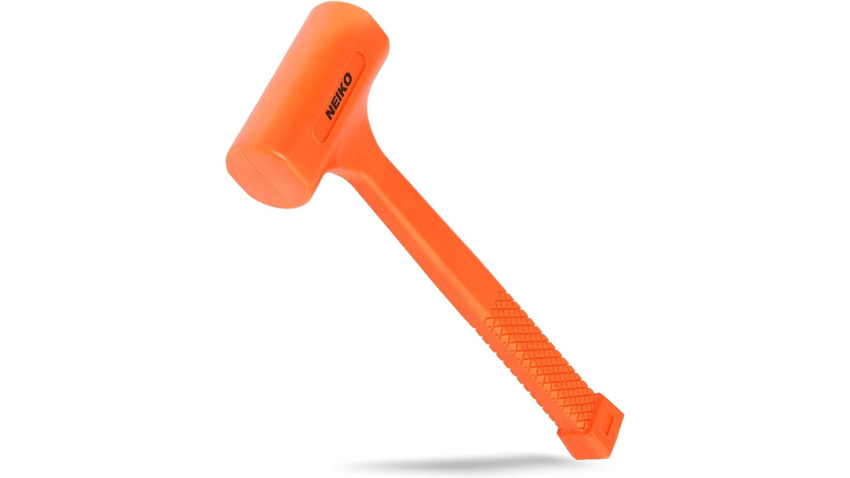
A hammer or mallet is sometimes used in conjunction with hardier mosaic materials like stones or thick tiles. A gentle tap from a mallet can help break these materials into desired shapes or sizes. The mallet provides more control compared to using just hand pressure.
Tile Spacers
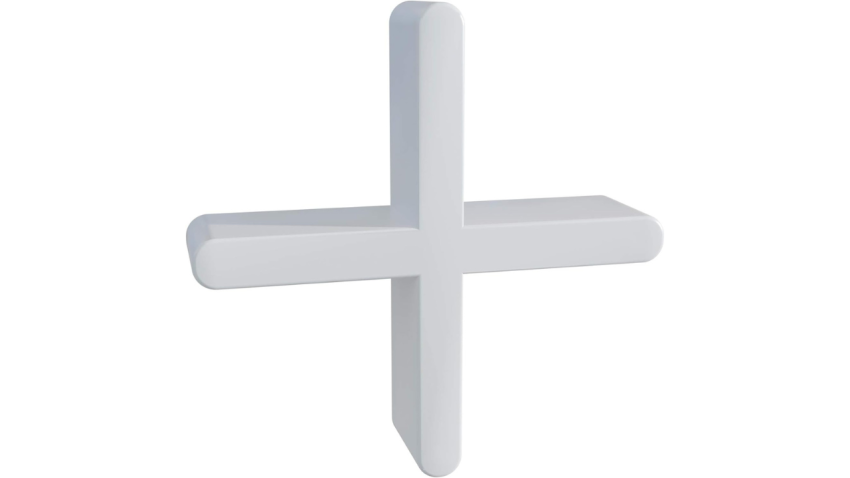
Tile spacers are small plastic pieces that help maintain consistent spacing between tiles or larger tesserae. They’re especially useful if you want a uniform look to the gaps in your mosaic, ensuring that grout lines are even throughout the design.
Mosaic Stepping Stone Molds
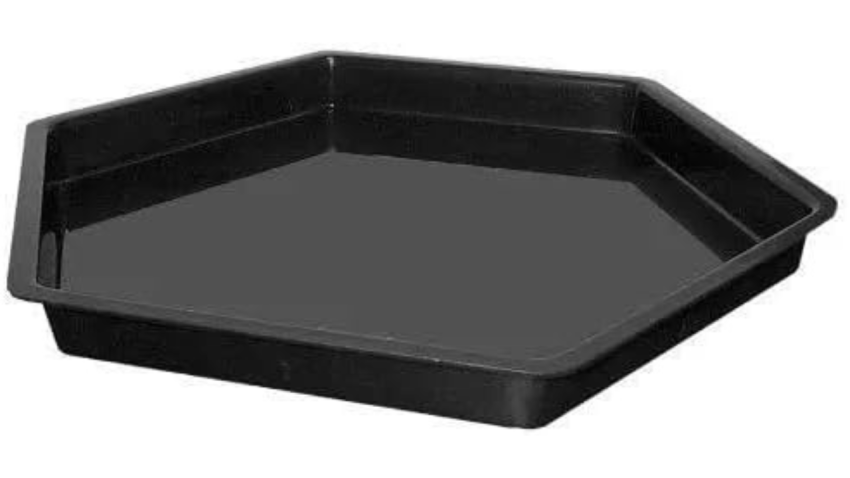
Mosaic stepping stone molds are forms used to create mosaic stepping stones. Typically made of plastic or rubber, they allow artists to pour concrete or plaster into the mold, then arrange their mosaic pieces on top. Once the medium dries, you have a beautifully designed stepping stone for gardens or pathways.
Grout Float
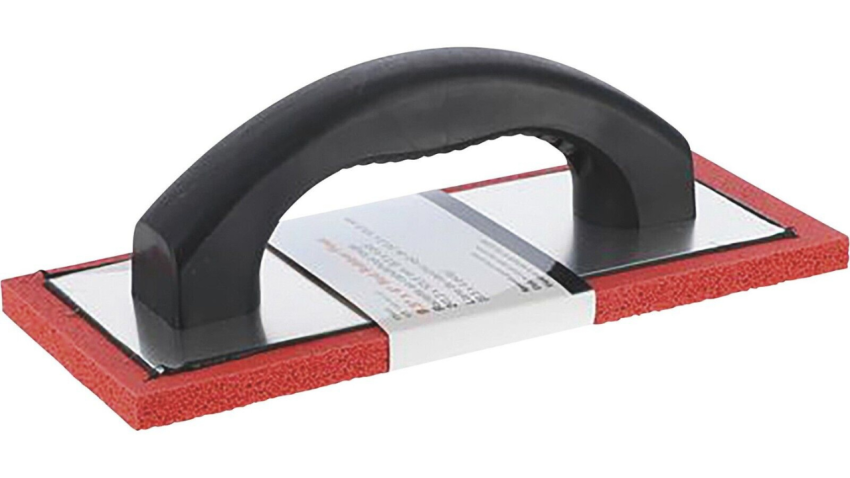
Grout float is a tool with a flat, rubber-like base used to spread grout over a mosaic. The flexibility of its base ensures an even application of grout between the gaps of the tesserae. It’s designed to push grout into the spaces without scratching or damaging the mosaic pieces.
Grout Mixer
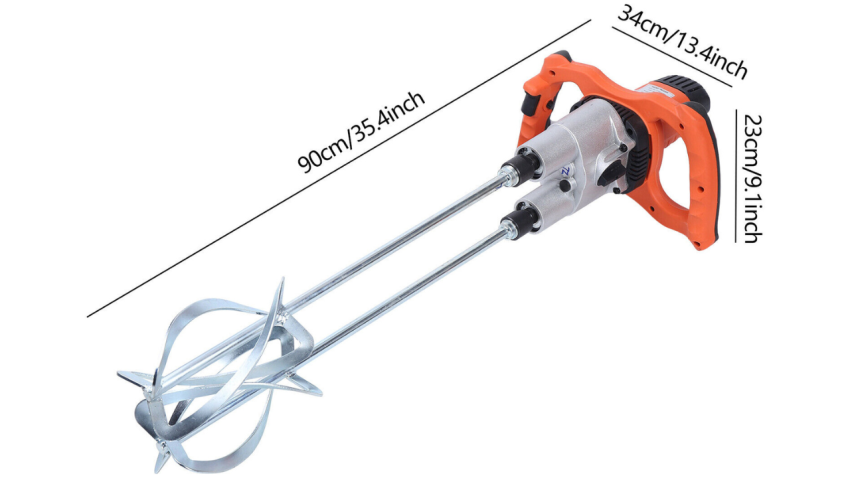
A grout mixer is a tool, often an attachment for a drill, used to mix grout to the right consistency. Properly mixed grout ensures it adheres well and lasts long. Mixing by hand can be tiring and may not achieve the smooth consistency required, making the mixer a valuable tool for larger projects.
Sandpaper or File
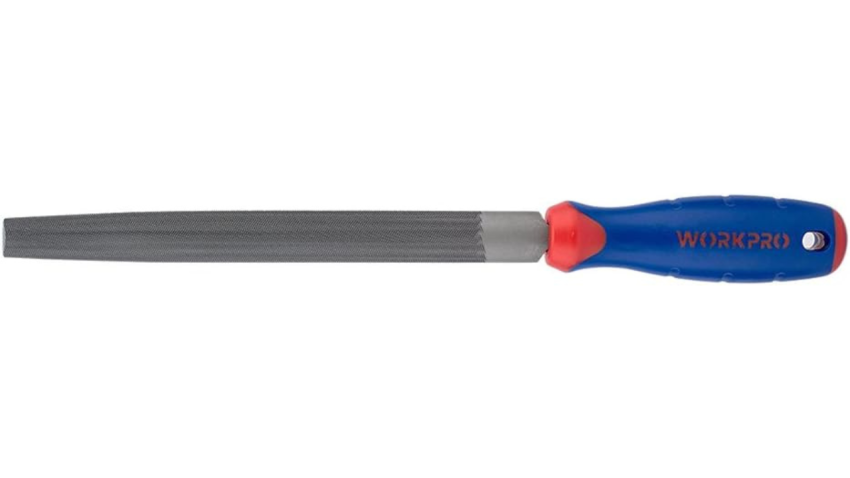
To achieve a polished finish on the edges of cut tiles, glass, or other tesserae, you can use sandpaper or a file. This process helps eliminate sharp edges that could pose a safety risk and facilitates a smoother integration of the pieces into your overall design, especially when working with mosaic supplies.
| Supply | Description | Key Features |
|---|---|---|
| Mallet | Hammer used with harder mosaic materials. | – Allows for controlled breaking of hard tesserae like stones or thick tiles – Provides better precision than using hand pressure |
| Tile Spacers | Small plastic pieces for maintaining consistent spacing. | – Ensures uniform gaps in mosaics – Helps in achieving even grout lines throughout the design |
| Mosaic Stepping Stone Molds | Forms for creating mosaic stepping stones. | – Made of plastic or rubber for easy molding – Enables the creation of decorative stepping stones for gardens or pathways |
| Grout Float | Tool for spreading grout over mosaics. | – Flat, flexible base for even grout application – Designed to not scratch or damage tesserae |
| Grout Mixer | Tool or attachment for mixing grout. | – Ensures smooth grout consistency – Easier and more efficient than mixing by hand, especially for large projects |
| Sandpaper or File | Used to smooth edges of tesserae. | – Eliminates sharp edges for safety – Allows smoother integration of pieces into the design |
Where Is the Best Place to Get the Finest Mosaic Tile?
There are many online retailers that offer quality mosaic tiles, so your choice will depend on your specific needs. Options are available on platforms like Amazon, Etsy, and Michael’s. However, specialized retailers such as Mosaic Art Supply and WitsEnd Mosaic generally provide the most extensive selection of mosaic supplies.
What Is the Best Base for a Mosaic?
The best base for a mosaic depends on what you want your final project to look like. Anything made of sturdy material like metal, concrete, or terra cotta can adhere to tiles. Here are some options to explore:
- Wooden Boards or Panels:
- Suitable for wall hangings or table tops.
- Provides a sturdy foundation.
- It can be sealed to protect against moisture.
- Canvas:
- Lightweight and easy to hang.
- Suitable for smaller mosaic designs with lighter tesserae.
- Concrete Slabs or Pavers:
- Ideal for outdoor mosaics like garden pathways or patios.
- Durable and can withstand weather conditions.
- Furniture:
- Tables, dressers, or chair backs can be transformed with mosaics.
- Gives a unique touch to household items.
- Ceramic or Clay Pots:
- It can be adorned with mosaics for a decorative touch.
- Suitable for both indoor and outdoor plants.
- Walls:
- Mosaics can be integrated into architectural features.
- Perfect for bathroom or kitchen backsplashes.
- Glass Items:
- Items like vases or window panes.
- Translucent tesserae can be used for a light-enhancing effect.
- Metal Surfaces:
- Suitable for outdoor sculptures or art installations.
- It is durable and can achieve a unique contrast with certain mosaic materials.
- Mirrors:
- Frames or even the surface can be decorated with mosaic designs.
- It adds an intricate touch to functional items.
- Old Musical Instruments:
- Guitars, pianos, or drums can be adorned for an artistic flair.
- Transforms non-functional instruments into art pieces.
- MDF (Medium Density Fiberboard):
- Smooth surface ideal for mosaics.
- Provides even support to the tesserae.
- Tiles:
- An already existing tile can be the base for a more intricate mosaic design.
- Suitable for floors, walls, or other tiled surfaces.
Using a variety of bases can add uniqueness and personality to each mosaic project. The choice of base often depends on where the finished mosaic will be placed and what materials will be used in its creation.
How Much Does It Cost to Make a Mosaic?
This depends on the size of the project and the quality of the materials. Mosaics can cost anywhere from about $25 to more than $200 per square foot to produce.
Is Selling Mosaic Art Profitable?
Selling mosaic art can be profitable as long as you have a solid pricing strategy and marketing. To turn a profit, your prices need to account for more than just the cost of supplies—also factor in your time, general business expenses, and marketing for growth.
Image: Envato Elements
This article, “Top Places to Buy Mosaic Supplies for Your Art Projects” was first published on Small Business Trends


